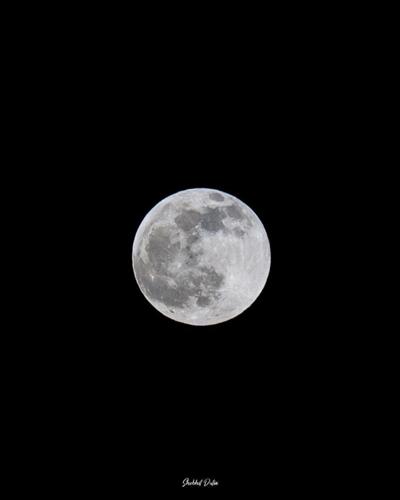CU Boulder teams with Houston company on lunar observatory
University of Colorado Boulder researchers, teaming with Houston company Lunar Resources Inc., earned a $125,000 NASA grant to study the construction of a lunar observatory using moon materials.
The nine-month study is being commissioned by the NASA Institute for Advanced Concepts, according to a release from CU.
“The FarView Observatory will allow for multiple disciplines of science to be probed in unprecedented detail,” said CU Professor Jack Burns, from the departments of Astrophysical and Planetary Sciences and Physics. “Not only can we do one-of-a-kind astrophysics, but we will be able to probe the subsurface of the moon, develop in depth space weather forecasts, detect magnetic fields associated with potentially habitable planets around nearby stars and even detect lightning storms on Neptune.”
University of Colorado lab helps UAE Mars mission
The FarView project is envisioned like this: “a network of hundreds of miles of antennas constructed on the far side of the moon using materials harvested from the lunar surface itself.”
“FarView will be the most sensitive astronomical observatory in history,” said Ronald Polidan, principal investigator of FarView and director of programs at Lunar Resources, according to the release. “It will identify the conditions and processes under which the first stars, galaxies and accreting black holes formed.”
Plans call for the observatory to be about 250 miles in size. Considering the difficulty of transporting materials to the dark side of the moon, Lunar Resources will use its technology to extract the necessary materials from the moon surface “then constructed robotically on the lunar surface with existing space industrialization technologies.”
If the research is successful, the observatory could begin construction in 2030.






